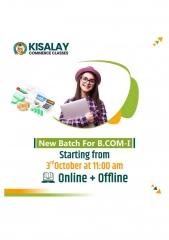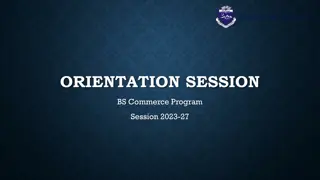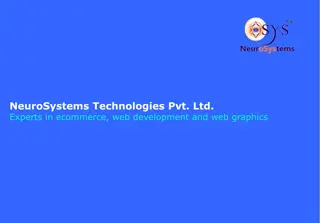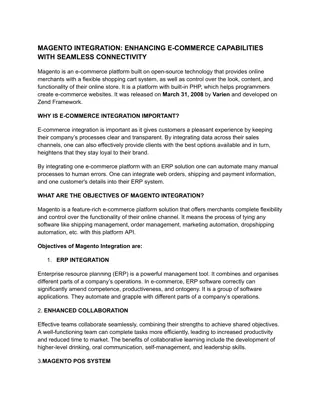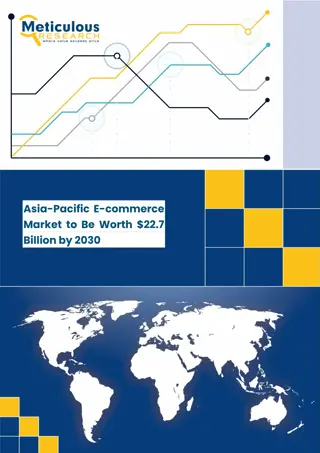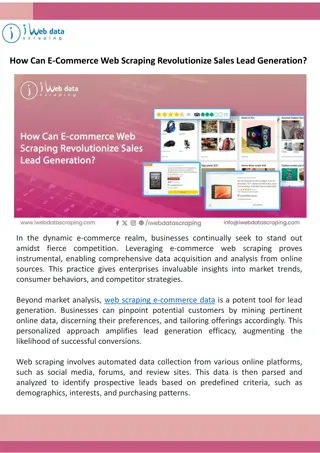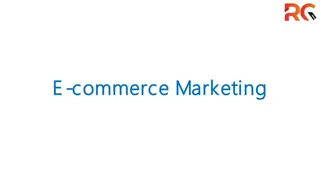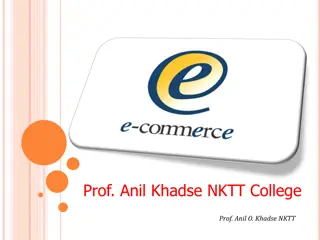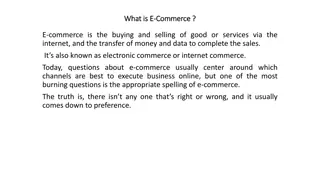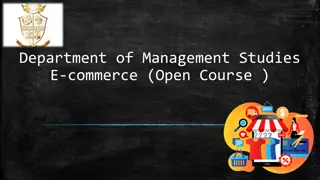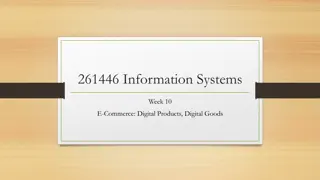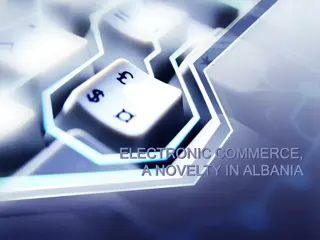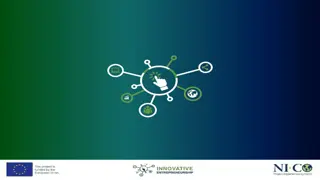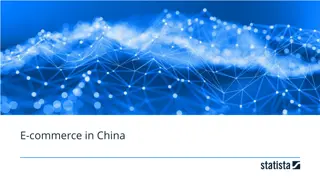
Understanding E-Marketplaces in E-Commerce
Explore the world of E-Marketplaces in E-Commerce with insights on functions, participants, products, and infrastructure. Learn about online markets, marketspaces, and the role of buyers, sellers, products, and services in the digital realm. Discover the key components and interactions within E-Marketplaces for efficient online transactions.
Download Presentation

Please find below an Image/Link to download the presentation.
The content on the website is provided AS IS for your information and personal use only. It may not be sold, licensed, or shared on other websites without obtaining consent from the author. If you encounter any issues during the download, it is possible that the publisher has removed the file from their server.
You are allowed to download the files provided on this website for personal or commercial use, subject to the condition that they are used lawfully. All files are the property of their respective owners.
The content on the website is provided AS IS for your information and personal use only. It may not be sold, licensed, or shared on other websites without obtaining consent from the author.
E N D
Presentation Transcript
E-Commerce Lecture 6
E-Marketplaces An online market, usually B2B, in which buyers and sellers exchange goods or services; Marketspace A marketplace in which sellers and buyers exchange goods and services for money (or for other goods and services) but do so electronically
E-marketplaces Markets (electronic or otherwise) have three main functions Matching buyers and sellers facilitating the exchange of information, goods, services and payments associated with market transactions providing an institutional infrastructure, such as a legal and regulatory framework that enables the efficient functioning of the market
E-Marketplace Components and Participants Customer the people worldwide who surf the web are potential buyers of the goods and services offered or advertised on the internet. Organizations are the largest consumers, accounting for more then 85% of EC activities.
E-Marketplace Components and Participants Sellers Millions of the storefronts are on the web, advertising and offering a huge variety of items. these stores are owned by companies, government agencies, or individuals. Sellers can sell direct from their websites or from e- marketplaces.
E-Marketplace Components and Participants Products and Services One of the major differences between the marketplace and the marketspace is the possible digitization of products and services in marketspace. Although both types of market can sell physical products the market space also can sell digital products, which are goods that can be transformed to digital format and instantly delivered over the internet.
E-Marketplace Components and Participants Infrastructure the marketspace infrastructure includes electronic networks, hardware, software and more.
E-Marketplace Components and Participants Front End Customers interact with a marketspace via a front end. The components of the front end can include the seller's portal, electronic catalogs, a shopping cart, a search engine, an auction engine, and a payment gateway.
E-Marketplace Components and Participants Back End All the activities that are related to order aggregation and fulfillment, inventory management, purchasing from suppliers, accounting and finance, insurance, payment processing, packaging and delivery are done in what is termed the back end of the business.
E-Marketplace Components and Participants Intermediaries In marketing, an intermediary is typically a third party that operates between sellers and buyers. Other Business Partners In addition to intermediaries, several types of partners such as shippers , use the internet to collaborate, mostly along the supply chain. Support Services Many different support services are available, ranging from certification and escrow services to content providers.

